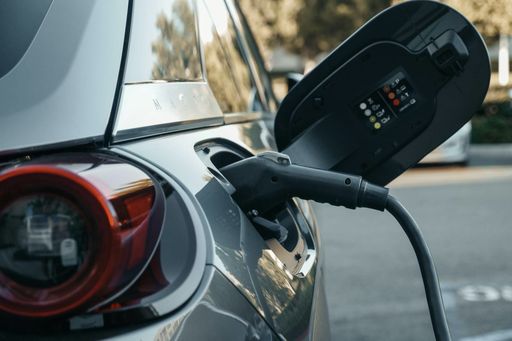Solid-state Batteries: The Race to Revolutionize Electric Vehicles
Solid-state batteries promise more energy and improved range for electric vehicles. But can they deliver on the hype?

The Challenges of Working with Solid-State Batteries
At Deakin University’s Battery Research and Innovation Hub, the largest in Australia, researchers are prototyping and testing the next generation of batteries. Working in the dry room, which must be devoid of moisture and humidity to prevent contamination, is not only difficult but also tiring for the researchers.
Water and moisture are deadly to batteries during production. Contamination can cause the battery to malfunction or compromise its performance. In some cases, it can even be dangerous, as lithium reacts poorly with water and can cause explosive reactions.
Companies around the world are in a race to develop solid-state batteries, as they are seen as the future of battery technology. The current lithium-ion batteries are well-understood, but solid-state batteries have the potential to bring transformative change.
The Hype and Hope Surrounding Solid-State Batteries
Since the introduction of the first commercial solid-state battery in 2015, the hype around these batteries has been growing. French company Blue Solutions introduced a solid-state battery designed for e-buses, but it faced limitations such as long charging times.
Automakers like Toyota and Volkswagen have been making significant developments in solid-state battery technology. Toyota announced a breakthrough that could halve the size, weight, and cost of solid-state batteries. Volkswagen achieved successful testing of a solid-state battery that maintained 95% of its capacity after 1,000 charging cycles.
While these advancements are exciting, the road to commercializing solid-state batteries is not without challenges. Technical issues, such as the formation of dendrites on lithium-metal anode batteries, need to be addressed. Manufacturing lines will have to be rebuilt, and supply chain issues resolved before solid-state batteries can be widely used in electric vehicles (EVs).
The Mechanics and Challenges of Solid-State Batteries
Solid-state batteries promise more energy generation with smaller batteries. They swap the liquid electrolyte used in lithium-ion batteries with a solid material, making them safer and improving their energy density.
One of the challenges in developing solid-state batteries is the formation of dendrites on lithium-metal anodes. These dendrites grow over time and can cause short circuits in the battery, rendering it unusable.
Silicon-based anodes, which are more advanced than lithium-metal anodes, have their own challenges. Silicon anodes expand and contract with each charge cycle, eventually pulverizing themselves. Finding ways to mitigate these challenges and bring down the cost of production for solid-state batteries remains a priority in the race to revolutionize EVs.


